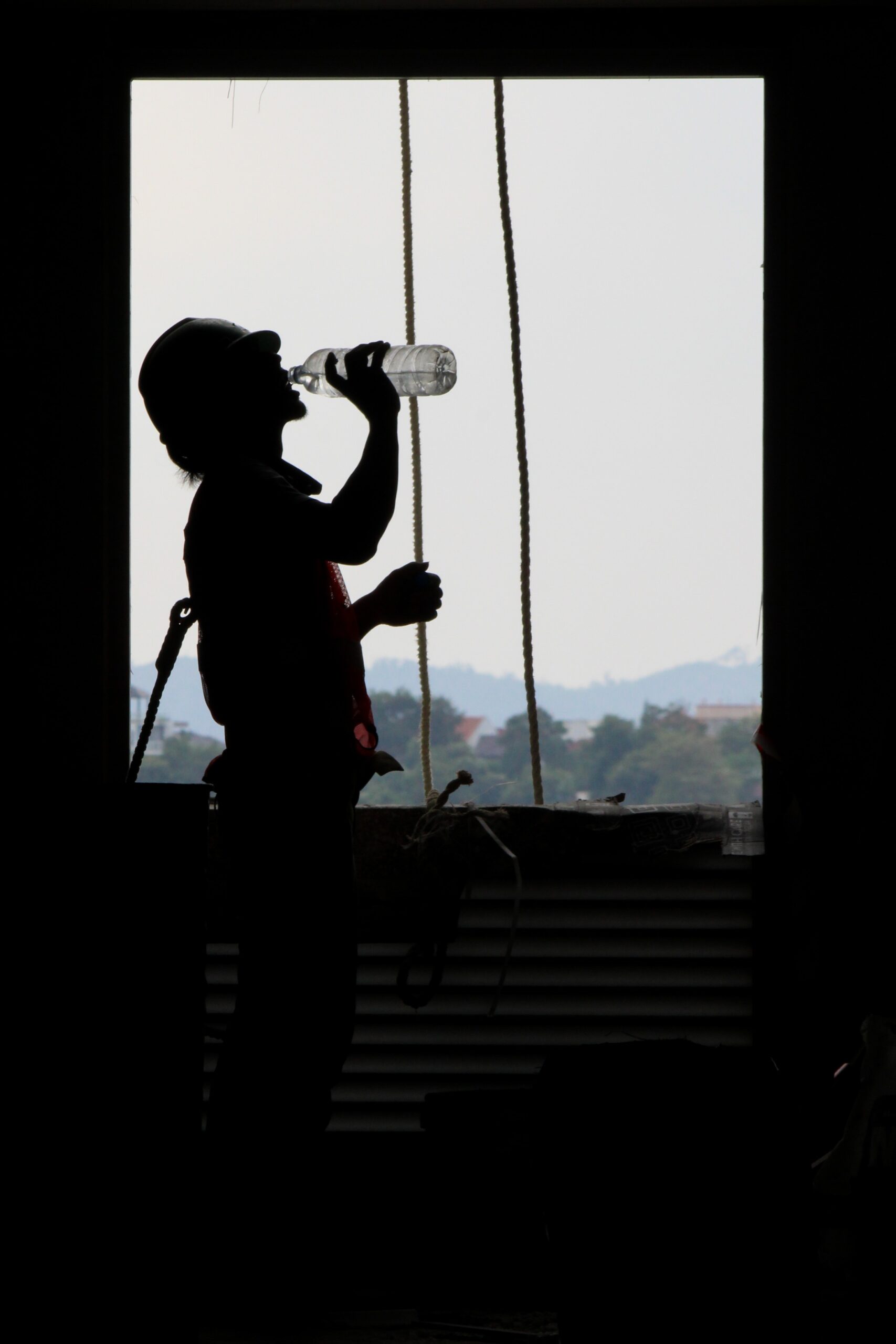Introduction:
Chemical spills can pose a serious risk to the safety and health of workers in any workplace. Chemical spills can occur due to various reasons such as poor handling, improper storage, and equipment failure. In order to prevent chemical spills and minimize the risks associated with them, it is important for workers to understand the risks associated with chemicals and take necessary precautions to prevent spills from occurring. This toolbox talk will discuss how to prevent chemical spills through engineering and administrative controls, and how to safely clean up basic spills in the workplace.
Engineering Controls
Engineering controls are the first line of defense against chemical spills. These controls are put in place to prevent spills from occurring by eliminating or reducing the hazards associated with handling chemicals. Some of the engineering controls that can be put in place to prevent chemical spills include:
Storage: Proper storage of chemicals is essential to prevent spills. Chemicals should be stored in designated areas that are well-ventilated, well-lit, and away from sources of heat or ignition. Chemicals should also be stored in appropriate containers that are labeled, sealed, and in good condition.
Secondary Containment: Secondary containment is used to prevent spills from spreading beyond the area where the chemical is stored or used. This can be achieved by using spill containment pallets, bund walls, or dikes.
Ventilation: Adequate ventilation is necessary to prevent the buildup of vapors that can cause explosions or fires. Ventilation can be provided through natural or mechanical means such as fans or exhaust systems.
Equipment Design: Equipment used to handle chemicals should be designed to prevent spills. This can include using spill-proof containers, using equipment with automatic shutoff valves, and using equipment that is resistant to corrosion or chemical attack.
Administrative Controls
Administrative controls are measures that are put in place to reduce the risk of chemical spills through proper training, communication, and work practices. Some of the administrative controls that can be implemented to prevent chemical spills include:
Training: Workers who handle chemicals should be trained on proper handling techniques, spill response procedures, and the proper use of personal protective equipment (PPE).
Standard Operating Procedures (SOPs): SOPs should be developed for all chemical handling and storage activities. These procedures should include instructions for proper handling, storage, and disposal of chemicals, as well as spill response procedures.
Communication: Workers should be informed of the potential hazards associated with the chemicals they handle and the appropriate measures to prevent spills. Signs and labels should be used to identify hazardous areas and indicate the location of spill response equipment.
Housekeeping: Good housekeeping practices can help prevent spills by keeping work areas clean and free of clutter. Chemical spills should be cleaned up immediately and spills should be reported to the appropriate personnel.
Personal Protective Equipment (PPE)
Personal Protective Equipment (PPE) is essential for workers who handle chemicals to protect them from chemical exposure and to prevent chemical spills. The type of PPE needed will depend on the type of chemical being handled, the potential for exposure, and the task being performed. Some of the PPE that may be required to prevent chemical spills include:
Gloves: Gloves are essential for protecting hands while handling chemicals and during spill clean ups. Different types of gloves offer different levels of protection, such as cut-resistant gloves, chemical-resistant gloves, and impact-resistant gloves. It is important to always check the SDS of the chemical you intent to work with and see what type of glove is recommended to safely handle the chemical.
Eye and Face Protection: Eye and face protection, such as safety glasses, goggles, or face shields, should be worn to protect workers from chemical splashes or sprays.
Respiratory Protection: Respiratory protection, such as respirators or air-purifying devices, may be necessary to protect workers from breathing in hazardous chemicals.
Protective Clothing: Protective clothing, such as coveralls, or chemical resistant suits provide the worker complete body protection from chemical burns.
Cleaning Up Spills
Once you have taken the initial steps to contain the spill and notified the appropriate personnel, it’s important to follow proper procedures for cleaning up the spill. Here are some additional steps to take:
- Determine the Severity of the Spill
Before attempting to clean up a spill, it’s important to determine the severity of the spill. If the spill is minor, meaning it is small and does not pose a significant risk to health or the environment, then you may be able to clean it up yourself with the proper PPE and equipment. If the spill is more severe, meaning it is large or poses a significant risk, then you should evacuate the area and call for professional assistance.
- Identify the Chemical Involved
It’s important to identify the chemical involved in the spill so that you can take the appropriate measures to clean it up. Different chemicals require different cleanup methods and PPE. You can usually find information about the chemical on the product label or SDS (Safety Data Sheet).
- Select the Appropriate PPE
Before beginning the cleanup process, ensure that you have the appropriate PPE. This will include gloves, eye protection, and respiratory protection, depending on the chemical involved. You may also need to wear a full body suit, boots, and other protective gear.
- Ventilate the Area
Ensure that the area is properly ventilated before beginning the cleanup process. This will help to disperse any vapors or gases that may be present.
- Contain the Spill
Using the appropriate absorbent materials, contain the spill and prevent it from spreading. Be sure to follow proper disposal procedures for the absorbent materials, as they may be considered hazardous waste.
- Clean Up the Spill
Using the appropriate cleanup materials and procedures, clean up the spill. Be sure to dispose of any contaminated materials properly, and follow all safety procedures.
- Decontaminate the Area
After cleaning up the spill, it’s important to decontaminate the area to ensure that there are no remaining hazards. This may involve using a special cleaning solution or chemical, or it may involve simply washing the area with soap and water.
Conclusion
Chemical spills can be dangerous and can cause harm to people and the environment. It’s important to take steps to prevent spills from occurring in the first place, and to have a plan in place to respond to spills if they do occur. By following proper procedures for spill prevention and cleanup, you can help to keep yourself and others safe in the workplace.





